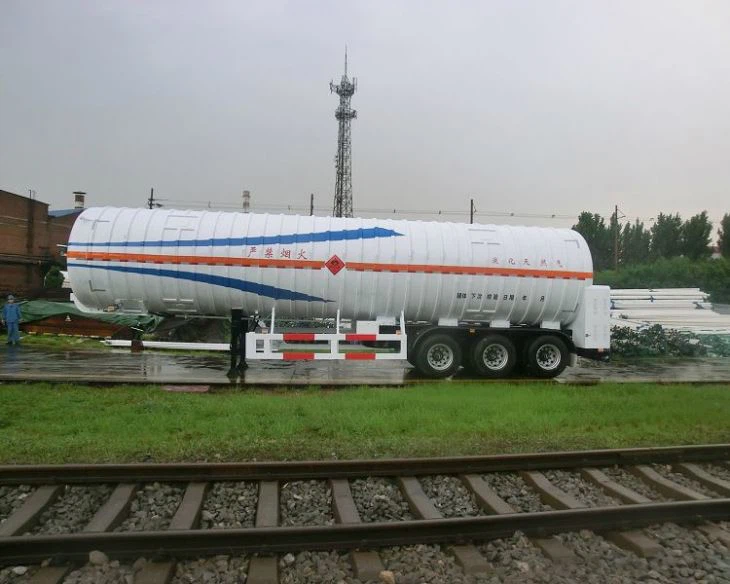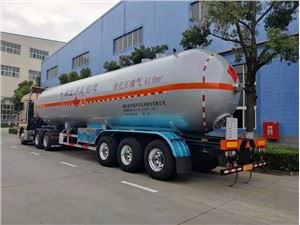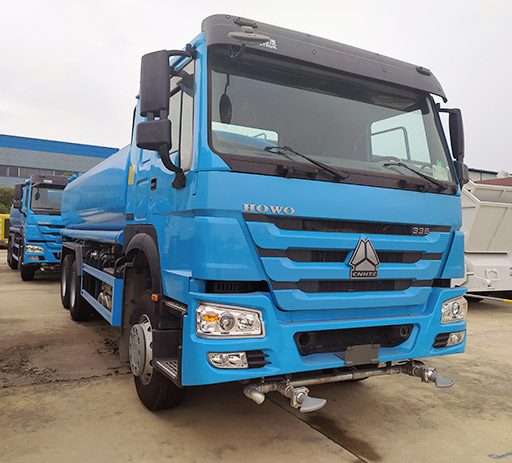Palfinger Hooklift: The Ultimate Guide to Efficient Waste Management and Transport Solutions

Introduction to Palfinger Hooklifts
The Palfinger hooklift system has revolutionized the way businesses handle waste management and material transport. Known for its versatility, reliability, and efficiency, the hooklift mechanism allows users to load, unload, and transport various types of containers with ease. In this article, we will explore the Palfinger hooklift in detail, discussing its features, advantages, applications, and maintenance tips. By the end of this guide, you will have a comprehensive understanding of why the Palfinger hooklift is an essential tool for businesses across multiple industries.
1. What is a Palfinger Hooklift?
A Palfinger hooklift is a hydraulic lifting system designed for loading and unloading containers on trucks or trailers. It consists of a hook-shaped mechanism that attaches to the container, allowing it to be easily raised and lowered. The primary function of the hooklift is to facilitate the transportation of waste, construction materials, and other loads while offering flexibility for various applications.
1.1 Key Components of a Hooklift System
- Hook: The primary attachment that grabs and secures the container.
- Tipping Cylinder: This hydraulic component lifts the hook to help load and unload containers.
- Chassis: The structural framework that supports the hooklift mechanism.
- Control System: The interface for the operator to control the hooklift functions.
1.2 Types of Palfinger Hooklifts
| Type | Load Capacity | Best Use Cases |
|---|---|---|
| Single Hooklift | Up to 8 tons | Construction, waste collection |
| Double Hooklift | Up to 12 tons | Heavy-duty applications, industrial use |
| Multi-Lift | Varies by configuration | Various container types and sizes |
2. Benefits of Using Palfinger Hooklifts
Palfinger hooklifts provide numerous benefits to businesses in various sectors. Here are some of the key advantages:
2.1 Versatility
Hooklifts can be adapted for different containers and load types, making them suitable for construction, waste management, and logistics. Their ability to handle multiple container sizes enhances their usability.
2.2 Increased Efficiency
With a hooklift, loading and unloading can be accomplished quickly, reducing the need for additional labor and minimizing downtime on job sites.
2.3 Enhanced Safety
Palfinger hooklifts are designed with safety features that minimize the risk of accidents during loading and unloading operations. These efficiency-driven mechanisms reduce operator injury risks and enhance workplace safety.
3. Applications of Palfinger Hooklifts
Palfinger hooklifts see widespread use across various industries. Some of the most common applications include:
3.1 Construction
In construction settings, hooklifts can transport materials such as gravel, sand, and concrete, streamlining the process and contributing to project timelines.
3.2 Waste Management

Companies in the waste management industry use hooklifts to efficiently transport waste containers to and from job sites, ensuring smooth operations.
3.3 Landscaping
Landscapers benefit from hooklifts by transporting soil, plants, and equipment quickly and effectively.
3.4 Logistics and Distribution

Hooklifts facilitate the movement of goods within warehouses or between sites, providing businesses with flexible transport solutions.
4. Choosing the Right Palfinger Hooklift
Selecting the right hooklift involves several considerations. Here are some tips to help you make an informed decision:
4.1 Assess Your Needs
Determine the type of loads you will be transporting and the frequency of use. Evaluate the weight, size, and type of containers you will need to accommodate.
4.2 Evaluate Load Capacity
Choose a hooklift with a load capacity that meets your operational needs. Consult with suppliers regarding specifications and ensure your choice aligns with your requirements.
4.3 Review Features
Look for features such as hydraulic controls, safety systems, and compatibility with different container types. A flexible range of features will enhance utility.
4.4 Consider Maintenance Needs
Ensure access to support and maintenance services. Regular upkeep is essential for the long-term performance of your hooklift.
5. Operating a Palfinger Hooklift
Efficient operation of a Palfinger hooklift requires understanding and adhering to best practices. Here’s how to operate one safely:
5.1 Pre-Operation Checks
- Inspect hydraulic fluid levels.
- Check for any signs of wear or damage.
- Test the control system for functionality.
5.2 Load Handling
Always assess the weight of the load before attempting to lift it. Ensure the container is positioned correctly and is securely attached to the hook before activating the lift.
5.3 Safety Protocols
Follow all safety guidelines provided by the manufacturer. Use appropriate personal protective equipment (PPE) and ensure the work area is clear before operating the hooklift.
6. Maintenance Tips for Palfinger Hooklifts
Regular maintenance is crucial for the longevity and efficiency of Palfinger hooklifts. Below are essential maintenance tips:
6.1 Regular Inspections
Schedule routine inspections to identify and address potential issues early. Look for wear and tear, leaks, and any abnormalities in functionality.
6.2 Hydraulics Maintenance
Keep hydraulic fluid levels topped up and replace filters as recommended. Regularly check hoses and connections for leaks or damage.
6.3 Cleanliness

Maintaining cleanliness around the hooklift mechanism can prevent build-up that may interfere with operations. Ensure lubrication points are regularly lubricated.
6.4 Documentation
Maintain an operational log to track usage hours, maintenance activities, and any repairs. This documentation can help foresee future needs and potential issues.
7. Practical Examples of Palfinger Hooklifts in Action
To illustrate the application of Palfinger hooklifts more effectively, here are some practical examples:
7.1 Case Study: Waste Management Company
A waste management firm utilized a Palfinger multi-lift hook system to streamline operations. By switching to multi-lifts, they reduced their loading/unloading time by 50%, allowing for quicker response times to customers.
7.2 Case Study: Construction Site
A construction company implemented Palfinger hooklifts for transporting bulk materials across multiple sites. They found that not only was it more efficient, but it also minimized damage to fragile materials by ensuring seamless transport.
8. FAQs about Palfinger Hooklifts
8.1 What is the maximum load capacity of a Palfinger hooklift?
The maximum load capacity of a Palfinger hooklift can vary, but commonly, single hooklifts can handle up to 8 tons, while double hooklifts can typically handle up to 12 tons.
8.2 How does a hooklift work?
A hooklift works by using hydraulic systems to raise and lower a hook mechanism. It attaches to a container, allowing it to be loaded onto a truck or removed easily for transport.
8.3 Are Palfinger hooklifts suitable for urban environments?
Yes, Palfinger hooklifts are versatile enough for urban environments, particularly for waste collection and material transport, which require efficient maneuverability.
8.4 What maintenance does a Palfinger hooklift require?
Maintenance includes regular inspections, hydraulic system checks, cleaning, and lubrication. Refer to the manufacturer’s guidelines for specific requirements.
8.5 Can I use different container types with a hooklift?
Yes, one of the advantages of Palfinger hooklifts is their ability to accommodate different container types and sizes, enhancing their usability across various applications.
8.6 What safety measures should I follow when operating a hooklift?
Important safety measures include performing pre-operation checks, using appropriate PPE, following the manufacturer’s operational guidelines, and ensuring the work area is safe before operation.
